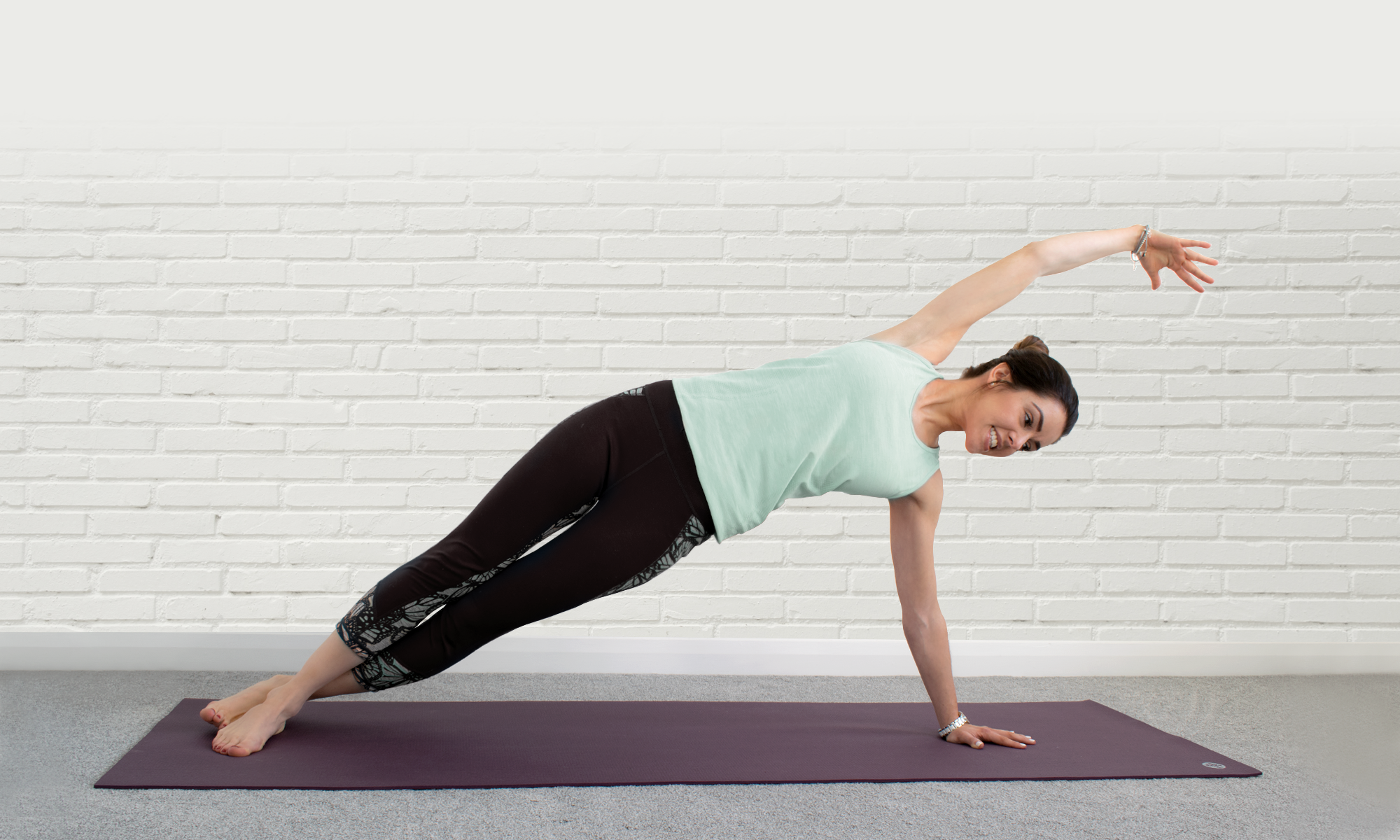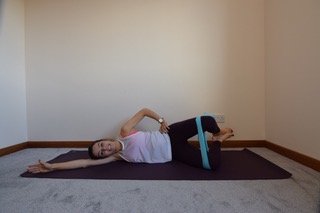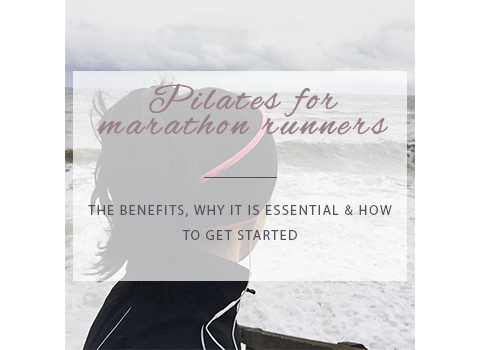Running is one of the most popular sports, it’s easy to get involved with, requires little equipment or planning and is an excellent cardiovascular workout! For those who are regularly clocking up the miles, the repetitive nature of running can lead to numerous injuries. Pilates is a fantastic way to keep your body running fit and alleviate or ideally prevent injury!
Why pilates is essential
For those who undertake marathon training, the endless repetitive nature of running in the same stride pattern, same impact to the ground, same body biomechanics can lead to overuse injuries and repetitive strain.
As the miles roll in the body will also begin to fatigue. An essential part of marathon training is to continue running and build up your endurance to these challenges. This will eventually alter your running technique and apply incorrect forces through the body as the biomechanics are altered. This can cause muscle overuse, tightness, over exertion, and could potentially lead to an injury.
Even minor injuries can prevent you from continuing to train and small absences from running plans can impact the build up in endurance required. Larger injuries can sign you off running for weeks or months or even cost you the race.
Common runner faults
The most common issues found in runners consist of:
- Tight hip flexors, quadriceps & calf muscles
- Weak gluteal muscles
- Weak core muscles
- Poor trunk rotation & control
- Poor control of hip rotation
- Poor control of pelvic stability during running
The benefits
Pilates is a non-impact form of exercise that strengthens, stretches, and aligns the whole body. It can be tailored to specific sports and their biomechanics movements to ensure strengthening occurs predominantly in the correct muscles, for example focusing on strengthening the gluteal muscles that drive the running stride, and doing this in the forward and backwards (sagittal) direction to mimic running pattern.
Enhancing strength here can minimise overloading other muscle groups such as the groin, quadriceps, and calves which can lead to tightening of these muscles, giving reduced power in your stride, or resulting in calf strains. Other joints can also become overloaded and the usual victim in running is the knee joint from over impacting it without the muscle strength to support it.
How to get started
Getting started is easy! Marathon training schedules are demanding enough therefore you don’t need to stress about creating lots of free time to implement a pilates plan aswell. Start with this pilates plan below and try this twice a week initially. During off season or tapering phases I suggest you increase your pilates practise to 3-4 times per week.

Side Planks (above) (aim for 30 seconds each side) and Criss Cross (below) (aim for 2 sets of 15 repetitions alternating side to side): These both work your core muscles and the important oblique (side) muscles to stabilise your trunk and improve your rotation control as you swing your arms to run.


Shoulder bridge (above). Keep the hips elevated as you raise one leg into the air, hold for 5 seconds and aim to repeat this 8-10 times on each leg, lowering down in-between as required.

Clam (above). Use a resistance band to increase the effort and aim for 3 sets of 10 on each side.
Both the Shoulder Bridge and Clam work your core muscles, but also strengthen the gluteal muscles. They both strengthen one leg at a time which is important for a strong unilateral stance in running.
If you would like a specific, tailored pilates running plan get in touch to discuss the available options!
Happy running!
Tracy xo


